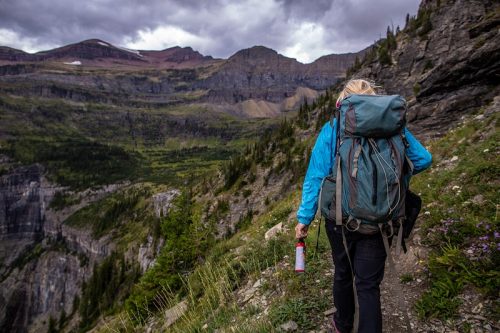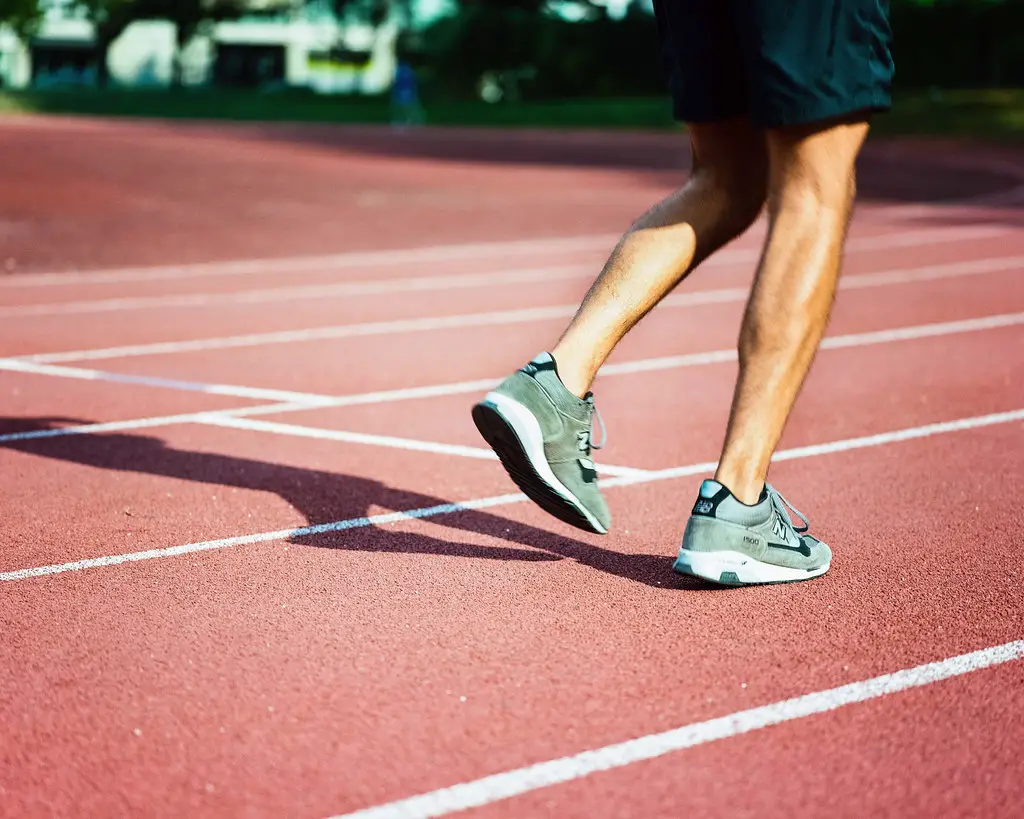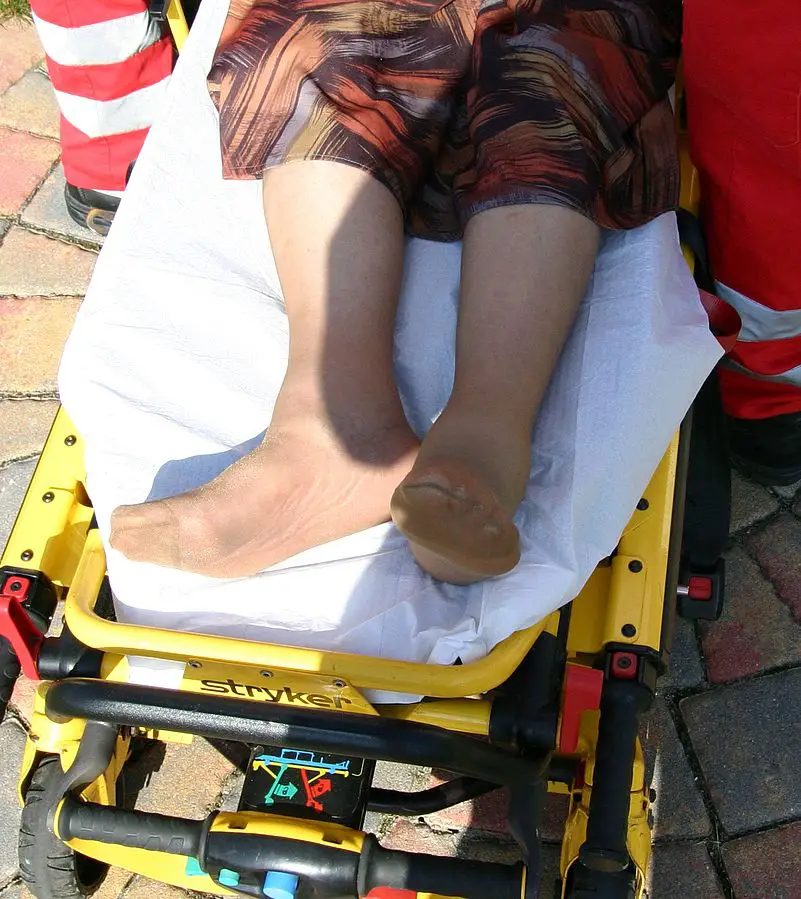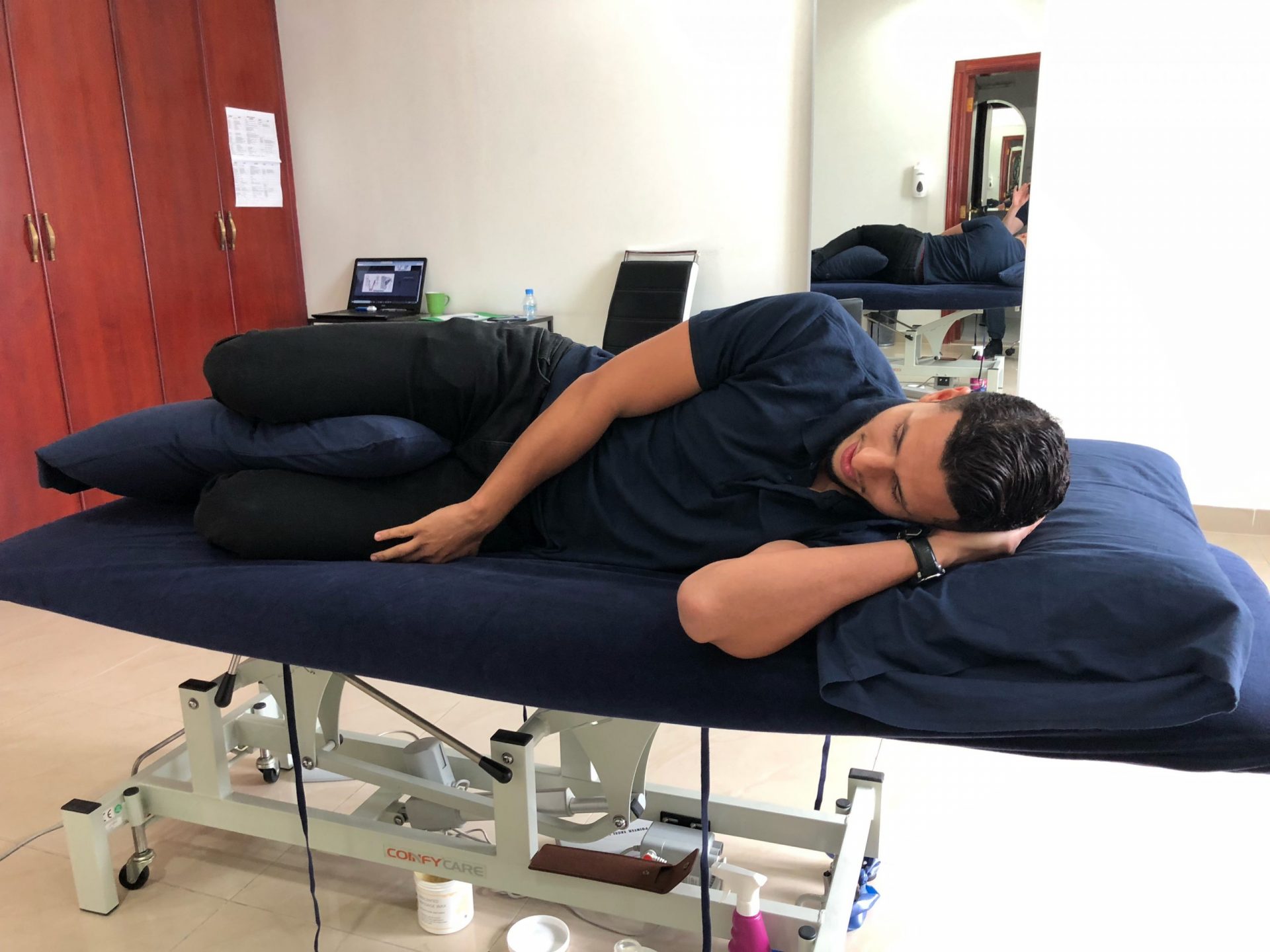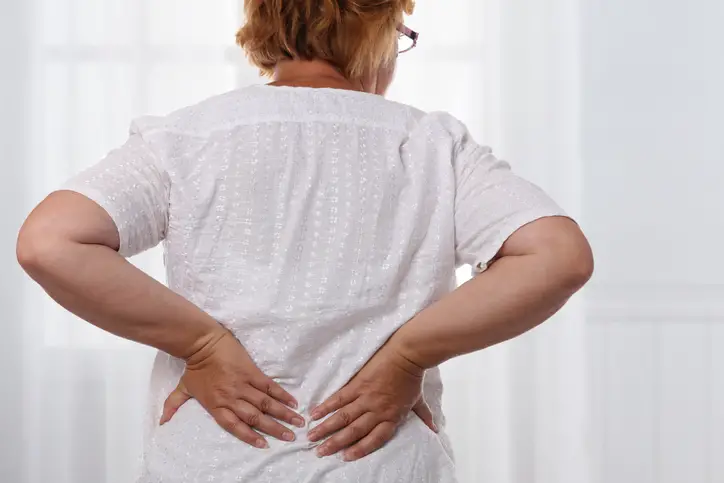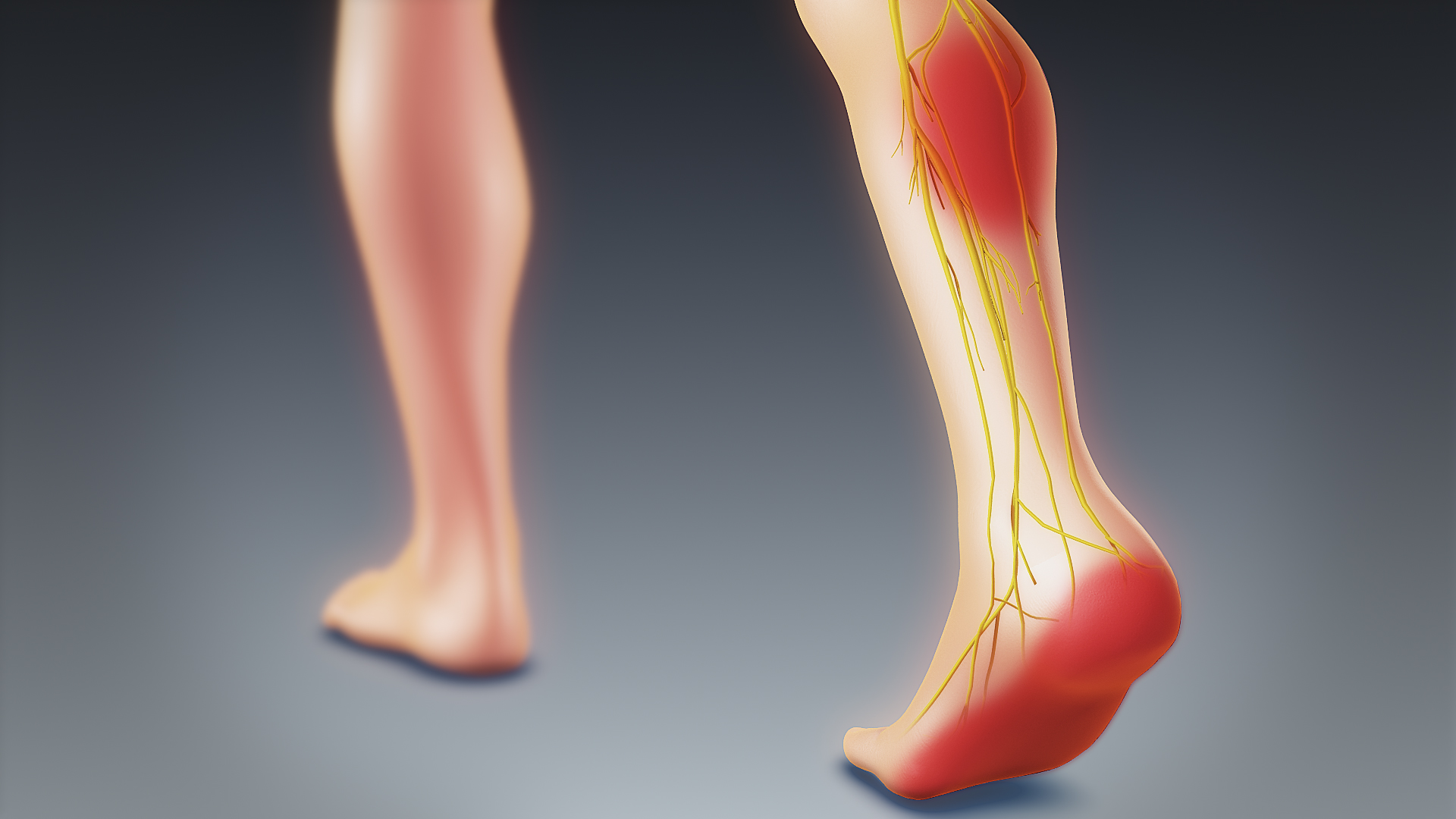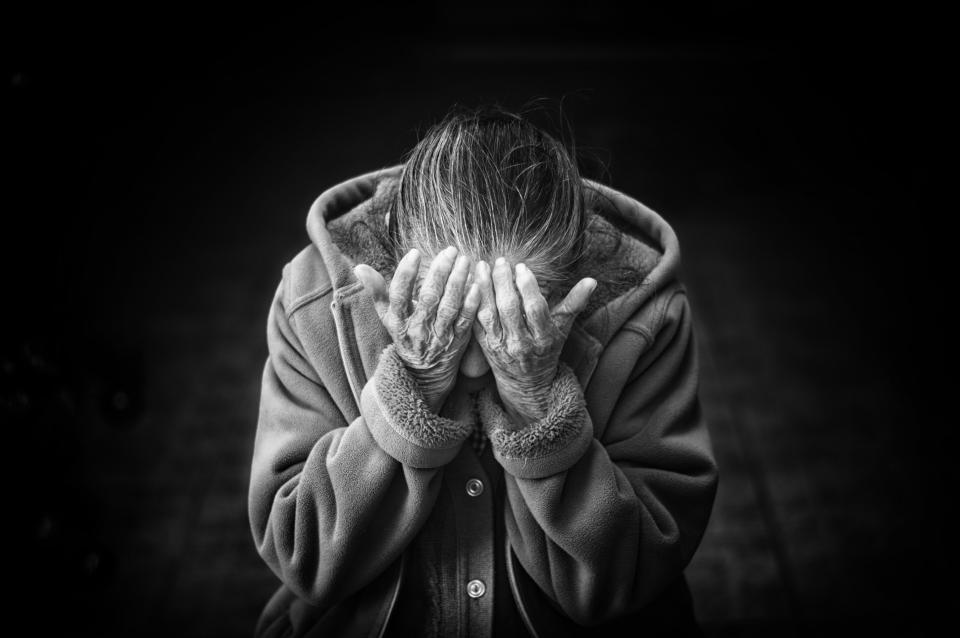Although it is beneficial for our body, the hiking also requires know how to manage la fatigue and muscle aches ou articular, especially at the hip. The aim of this article is mainly to give you some tips for relieve them hip pain after a hike. Let's go !
Reminder on the hip joint
La hip is thejoint which forms the junction between the legs and the trunk. It is an enarthrosis (mobile joint) and it consists essentially of a condyle (rounded end) and a glenoid (rounded cavity). It supports nearly 60% of our body weight and is therefore subject to significant stress.
The coxo-femoral joint (also called the hip) is the second largest joint in the human body after the knee joint. It plays a major role in walking as well as in the flexion and rotation of the trunk.
The thigh bone (the femur) ends with the femoral head which has the shape of a sphere which fits together at the level of the pelvis in a cavity called the acetabulum or acetabulum. The two pieces of bone are joined by a joint capsule and coxo-femoral ligaments. Inside and outside the joint capsule are ligaments that help stabilize our body.
The joint capsule is nestled in a double-layered envelope containing up to 26 muscles. As you see, the structure de l 'hip joint is complex. THE causes de hip pain can therefore also be varied and it is essential to establish the correct diagnosis to treat hip pain.
Possible causes of hip pain
More and more people suffer from hip pain, nowadays (which can be acute or chronic). They appear most often following physical exertion, but also at rest.
Depending on the causes, hip pain can be classified into three main groups:
The hip pain here touch the joint (joint pain): this includes osteoarthritis, inflammation (arthritis) and femoral head necrosis (death of the bone in the head of the femur, or avascular necrosis).
The hip pain here surround a joint (periarticular pain): these pains most often come from surrounding structures (muscles, tendons, ligaments, etc.).
Finally, hip pain linked another radiating pain : the causes can also arise in the vertebrae lower back, knee and sacroiliac joint and radiate into the hip.
To learn more about the causes of hip pain, click here.
What happens after a hike ?
You may be wondering why, do we suffers from hip pain after a hike ?
To try to explain this mechanism in the simplest possible way, it is that after a hike, we can have a surcharge at the level of hip structures. We are mainly talking about the gluteal tendons which can wear out and ignite giving a table of tendonitis or bursitis (causing the pain).
Let us also take the case of people who suffer from osteoarthritis, the tensions and stresses exerted on the cytoskeleton of the cartilages, during hikes, activate the production of pro-inflammatory substances et irritate muscles or tissues at hip level. What causes the pain.
What to do then when hip pain after a hike ?
Here are a few things that will help you relieve hip pain after hiking.
Take a rest
First, you have to take time to recover (get enough rest).
After a long day of hiking, nothing beats a good nap, just to let your body recover and repair itself. Ideally, try to do it within 2-4 hours of exercise. Not getting enough rest increases the risk of injury and has a detrimental effect on your body, especially the hip. Who says rest, also says a good night's sleep. Arrange to sleep very early, in order to grant a good restorative night's sleep. A minimum of 7 hours is recommended.
Apply ice or heat
Cold is recommended in case of inflammation, while heat relaxes the muscles. Alternating hot and cold can also be a solution. You must apply an ice pack to your hip, at the level of the painful area, for 15 minutes. Then put heat on the thigh muscles and glutes (15 minutes) to relax them.
A small cool and/or lukewarm shower is also not to be excluded to help your body to lower its temperature. It is a classic remedy for muscle or joint pain. It reduces muscle spasms and relaxes contracted areas.
Massage (with ointment)
Alone or in pairs, a little massage never hurts. Especially after a long hike. Massaging your hip and your legs will allow better evacuation of toxins in the muscles and reduce the risk of tendonitis.
As you know, tired muscles (and full of toxins) make the tendons work harder. Massaging yourself properly, either manually or with an ointment, will promote better blood circulation and therefore aid in the elimination of waste. For this you can use essential oil (for its anti-inflammatory action) or anti-inflammatory gels.
If you suffer from hip tendonitis or hip osteoarthritis, you can also take a dietary supplement such as omega-3 or turmeric, for example.
Take pain medication for hip pain
If the simple methods do not work, it is often possible to use medication (anti-inflammatories, for example) to get rid of the problem in the long term. The goal is to treat periarticular pain (hip) as well as radiating pain. Anti-inflammatories can relax the structures around your hips. This releases the tension in the muscles and will relieve your pains.
Consult a healthcare professional
If the pain persists, it is best to consult a health professional (doctor, physiotherapist, osteopath) to clarify the diagnosis. Because as you know, the causes of hip pain can be multiple. It is therefore very important to determine the origin of your illness in order to treat it correctly. The physiotherapist and osteopath will be able to release any blockages and tensions that may affect the mobility of your hip, and your whole body.
References
https://www.altituderando.com/Comment-recuperer-apres-une-randonnee

